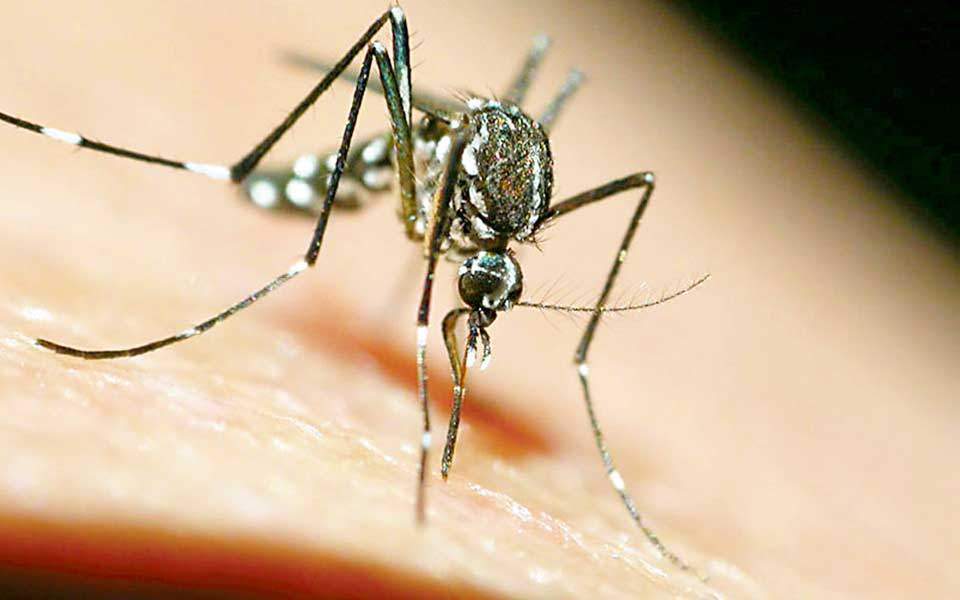Move: the one thing you can do to live better for longer


No matter your age, daily activity will lead to improvements; the body always gets better with practice. Even better are the long-term benefits and health gains.
Researchers have shown that 15 minutes of exercise per day adds three years to your life, and 20 minutes per day adds seven years. Another study of more than 20,000 men over a period of 15 years showed those who exercised were less at risk of heart disease.
Ultimately, the goal is to increase your capacity for exercise, meaning how much activity you can do comfortably.
If you’re expecting me to tell you exactly what to do, how often, how long, and when, I will disappoint you. But before you put this down, wait – I have secrets to share. The most important is that you can do whatever activity you want.
That’s what we’ve seen in our research at the Healthy Ageing Program: any activity will work. It doesn’t have to be the same activity, either. You might do something when you are one age and another thing when you’re older. You might do one activity when you’re with friends, another when you’re on your own; a physical activity of choice at home may not be the same as an activity while away from it. Even if you’re confined to a hospital bed after an operation, you might simply breathe deeply or wiggle your toes and contract your calves.
If exercise is so good, why don’t I feel like doing it?
This is the most important question. Once you understand why, you may find it much easier to be healthy.
For millions of years, humans found it very hard to get food, and we need food to fuel our bodies as well as our activity. Therefore, conserving energy by not moving was a great way to ensure we required less food to function. So, while you know you should – or must – be active, something deep inside compels you not to waste energy in “non-essential” activity. After all, activity can make us tired, hot, sweaty and can be hard to do.
This might be why the research shows that “incidental” activity has higher rates of success than structured exercise programs, where compliance drops off exponentially with time. We move to meet our needs but do not so easily accept going off to the gym.
For this reason, it’s best to incorporate movement into our daily lives. The trick is to make it essential by structuring the way you do things so that physical activity is required for you to get where you need to go or do what you need to do. This means walking or cycling instead of driving to a destination, walking to colleagues’ offices instead of emailing, and using the stairs instead of the lift.
Studies have also shown that when people wear devices that measure their activity, they become more active. We are a competitive species. This can make it hard to research activity, given we change what we are doing when we know we are observed, a phenomenon known as the Hawthorne effect. So tap into whatever helps you to be more active.
What does activity achieve?
Movement stimulates blood flow, which itself brings fuel and oxygen to cells. It also flushes the system, allowing by-products and unwanted accumulations to leave the cells and be metabolised, filtered and excreted. For this reason, every part of your body is improved by activity, which is why research shows us that it prevents many diseases and even prolongs life.
Movement doesn’t just remodel blood vessels (the most essential pipeline of energy and oxygen) it can also stimulate the generation of brand-new blood cells and blood vessels. It does this when you are elderly as well as when you are young.
Even more exciting, science has indicated not only that capabilities can be augmented, but the actual vessels can alter themselves. This remodelling changes their structure, so that the vessels that looked characteristically ‘old’ changed to look characteristically ‘young’ after regular exercise. Exercise literally rejuvenates you.
Do something, however gentle, every day
So, what should we be doing? This is the area that causes most confusion. We often think that to benefit from movement, we must commit to time-consuming, demanding, sometimes expensive activities. The participants in the Healthy Ageing Program have shown us it doesn’t have to be that way.
We expected that we would find people undertaking high-intensity activity would see better health results than those doing lower-intensity activity. Instead, what we found was that doing something small every day was the strongest predictor of health – as opposed to straining, difficult, infrequent sessions of activity.
We were surprised when, in the Women’s Healthy Ageing Project, the duration of exercise emerged as key. Looking over several decades, those who did one thing every day had the best outcomes. Although other, shorter-duration studies suggested that high-intensity exercise was important for better outcomes, we noted that those who did intense activity typically did not keep at it daily for several decades.
We also found the effect of exercise was cumulative, meaning that every one of the years over those decades mattered. So, while it’s good news that you can make up for lost time, know that if you don’t start early you are losing this contribution to your cumulative score. If you miss today, you have to do twice as much tomorrow – so don’t miss a day.
While researchers explore the answers about what to do, who should do it and when, you should focus on just one thing – the duration. For how long should you be active? The answer to this is: forever. So, choose something you enjoy and can do every day. Change what you do, as you need to. Certain health conditions have optimal activities, like resistance training for sarcopenia, balance training to reduce falls, walking for peripheral vascular disease, and many more – your GP can guide you.
It was a relatively recent cultural evolution that reduced humans’ need to move. We need another one, to restructure our environments in ways that make activity essential.
But for now, ensure that activity is an integral part of your day. Make it effortless by placing it between where you are and where you need to get – make it fit into your everyday activities. Incorporate activity into your community and social time – research shows we do better together.
Source: smh.com.au




